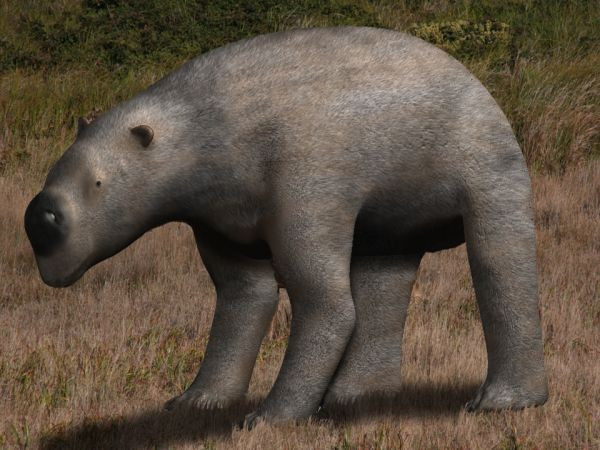'Megafauna' like giant lizards and car-sized marsupials roamed Australia 1.6 million years ago
Animals during the ice age grew to large, oversized versions of their modern day cousins.

Australia once had "megafauna" that roamed the continent during the last ice age 1.6 million to 10,000 years ago. Among the beasts that dominated Australia-New Guinea were giant versions of the animals that still live there including marsupials, wombats, lizards and birds.
One such animal was a marsupial that till date is the only one of its type to make seasonal, two-way migrations. This giant marsupial weighed three tonnes, grew to about 1.8 metres in height and was about 3.5 metres long, that is about the size of a small hatchback. The research was originally published in the Proceedings of the Royal Society of London B, reports Science Alert.
Several years of research has gone into sites at Darling Downs in Queensland where there is a large graveyard of Pleistocene-era animals. Animals at the time grew to large oversized versions of their modern day cousins and researchers have found several fossils of what the report calls record breakers.
The site is also reported to have incredible diversity in the type of animals which lived there. The Megalania (Varanus priscus), for example, is the largest recorded venomous lizard to ever exist, hunted and live in this region.
The Marsupial Lion (Thylacoleo carnifex) lived in this region as well. The king of the Pleistocene, notes the report, which was also the largest ever known pouched predator ever, was the Diprotodon (Diprotodon optatum), the largest ever marsupial to walk this planet.
While the existence of this animal has been reported on before, the ecology and environment it lived in is what this new research delved into. Scientists set out to recreate the palaeobiology and palaeoecology of Diprotodon and have unearthed a few interesting facts.
Apart from its size and weight, not much is known about the Diprotodon in spite of the fact that it is the first Australian animal to be identified through fossil evidence. According to the fossils, apart from being one of the most widespread species of megafauna in the region, it was also the last surviving.
This study was focussed on the teeth of the Diprotodon and the report notes that it is possible to glean a lot of information, not just about the diet of the animal, but also on its relationship with other animals that shared its space. Upper incisors were chosen and samples were drilled out of the crystalline enamel and geochemical testing was carried out on it. Chemical signatures of the food this animal ate were found to be fixed on to the animal's teeth.
The animal being a herbivore also had chemical signatures of the soil and plants that it ate remaining in its teeth.
Researchers identified that the Diprotodon was a seasonal migrant. It tracked and followed its favoured food across vast regions in the Darling Downs. That means a yearly North to South journey of nearly 200 km per year, similar to the way African mammals like wildebeests do today. Just like their African counterparts, Diprotodons also travelled in herds and mobs, they found.
This find is remarkable, say researchers, because the Diprotodon's closest relative lived in the same region for more than 160 million years. Migration among the marsupials, however, has gone extinct with the Diprotodon, notes the report.





















